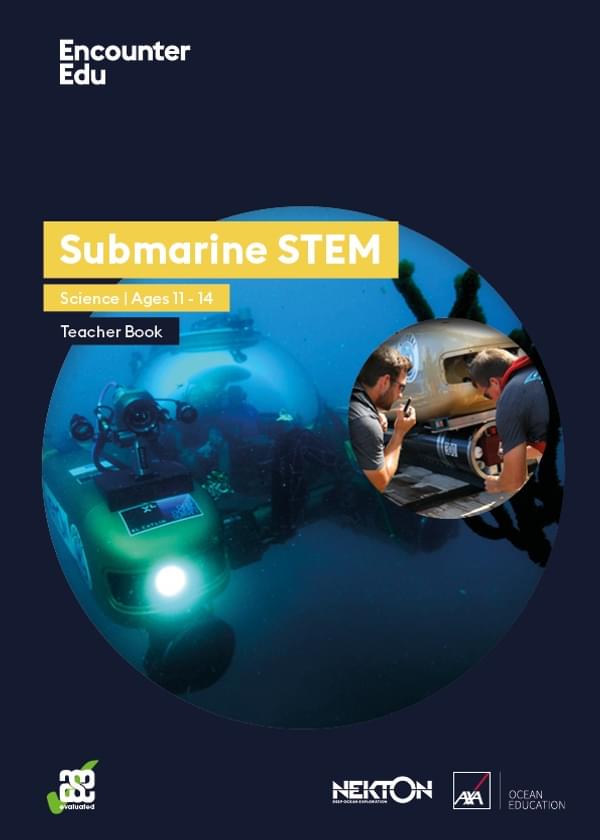Glossary: Materials and their properties
This glossary supports teachers and students with some of the technical language used in the Submarine STEM unit of work.
Brittle: Materials that have a tendency to break easily or suddenly without stretching or bending first.
Ceramics: Ceramics are not shiny unless glazed, hard, often brittle, heavy, can be any colour (often white, pale brown to dark brown), cold to the touch.
Conductivity: How well a material conducts heat and electricity.
Corrosion resistance: The ability to withstand environmental attack and decay.
Density: Density is mass per unit volume. The unit of density is the Kg per metre cubed.
Ductility: The ability to be pulled into a thin wire or threads. Good examples are gold, copper and brass.
Elastics: The ability of a material to return to its original shape after a force has been applied and removed.
Flexibility: The ability to cope with bending forces without breaking.
Hardness: A measure of how easily a material can be scratched or dented.
Malleability: The ability to shape a material by applying pressure or a force. Good examples are lead, gold and copper.
Metals: Metals are shiny, hard, heavy, good conductors, can be polished and are cold to the touch.
Plastics: Materials that change shape permanently when small forces are applied. Plasticine and clay are good examples.
Stiffness: The ability to resist bending.
Strength: The ability of a material to withstand forces.
Tough: Materials that absorb forces – the opposite to brittle materials.
